NAMM 2016: 8 new EarthQuaker Devices pedals on show
Nightwire, Spires, Spatial Delivery and more debut
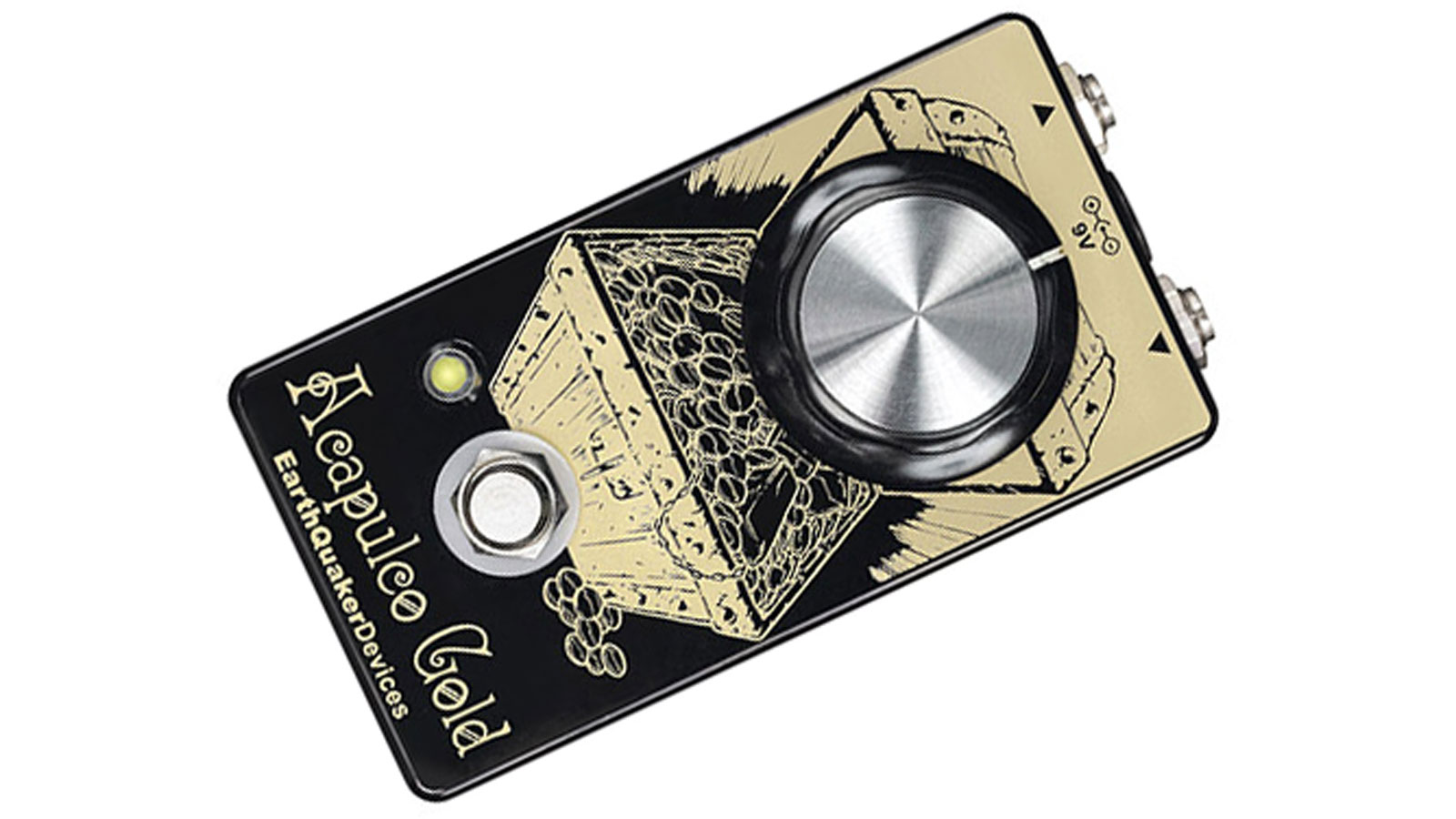
Acapulco Gold power amp distortion
NAMM 2016: Earthquaker Devices, purveyor of surprisingly affordable boutique pedals (and excellent press releases) is coming to NAMM tooled-up with eight all-new pedals.
Ranging from previously limited editions to one-know germanium specials, this far from hateful eight all ship in the next few months. For the official details, read on...
PRESS RELEASE: The Acapulco Gold was originally intended to be a limited release but, due to demand, we have decided to give it a face lift and add it to our permanent line up!
You know what's awesome? Simplicity. One button, one knob. How loud would you like it? Just move the knob. The Acapulco Gold is an original power-amp distortion circuit that's based on the sound of a cranked Sunn Model T.
This is the spirit of rock and roll. Quit turning knobs and play that guitar like you mean it. With a dirt sound this good, any one second spent bending down and fiddling with knobs is one second too much.
This is why the Acapulco Gold has one gigantic knob; move the thing and it gets louder or quieter. While playing, don't forget to fiddle with your guitar's volume and tone knobs, these can drastically affect the sound of the Acapulco Gold.
The volume knob, especially, cleans the pedal up pretty well; not completely, this ain't your daddy's Fuzz Face. At minimum guitar-volume settings, the Gold imparts a hazy Nashville-sounding spank to your tone. At just-barely-backed-off, the Gold turns into a raunchy overdrive.
Of course, when the guitar's knob is fully on, the Gold roars like a Model T on the verge of explosion. It's not-quite-fuzz, but so close. Each Acapulco Gold is hand-built by totally real people using premium components in Akron, Ohio, where the beer flows like wine.
Ship Date: April 2016
MAP: $117.00 USD
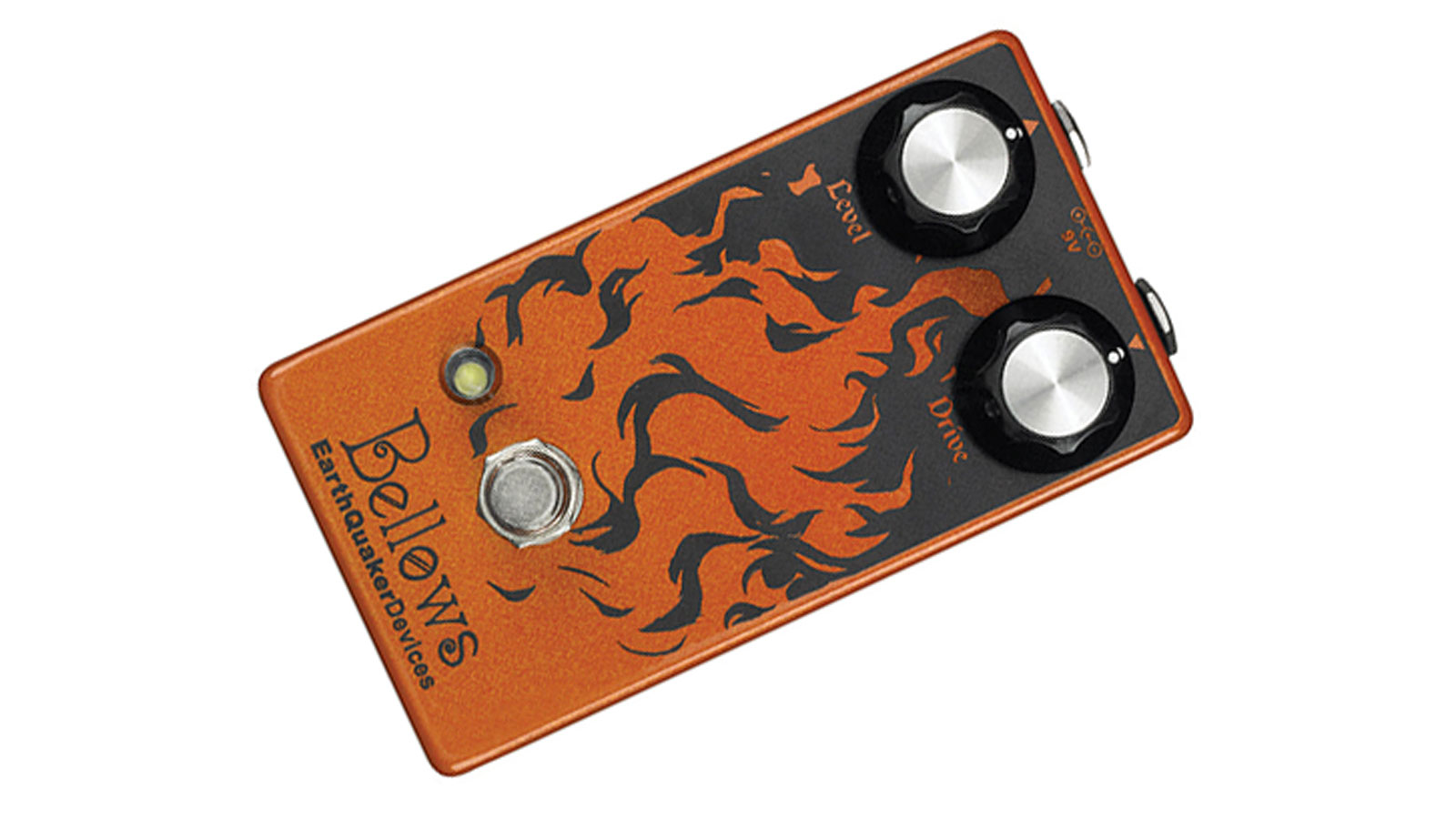
Bellows fuzzdriver
PRESS RELEASE: The Bellows is a back-to-basics, transistor-based dirt device.
This two-knob wonder has a whole lot of character for such a simple, unassuming pedal. It straddles the line between amp-like grit and fuzzy saturation to create a remarkably vintage, tweed-type tone.
Similar to the volume control of a “non master” amp, the Drive determines how hard the signal hits the input. At lower drive levels it's a little wider and grittier. Resist the usual urge to dime it and keep the Drive low for mellow, amp-like break up.
Slowly bring up the Drive and you'll eventually end up in blown out fuzz land, having passed a bunch of useful distorted places in between. It's pretty much every era of rock n' roll in a box.
While designed for guitar, Bellows also handles bass extremely well at growling low and scorching high levels. And if you're a guitar player that fancies themselves a bass player- then forget it, this is your favorite dirt pedal.
Each and every bellows is made by a bunch of bearded dudes and a couple ladies in the comedic drama section of Akron, Ohio.
Ship Date: May 2016
MAP: $145.00 USD
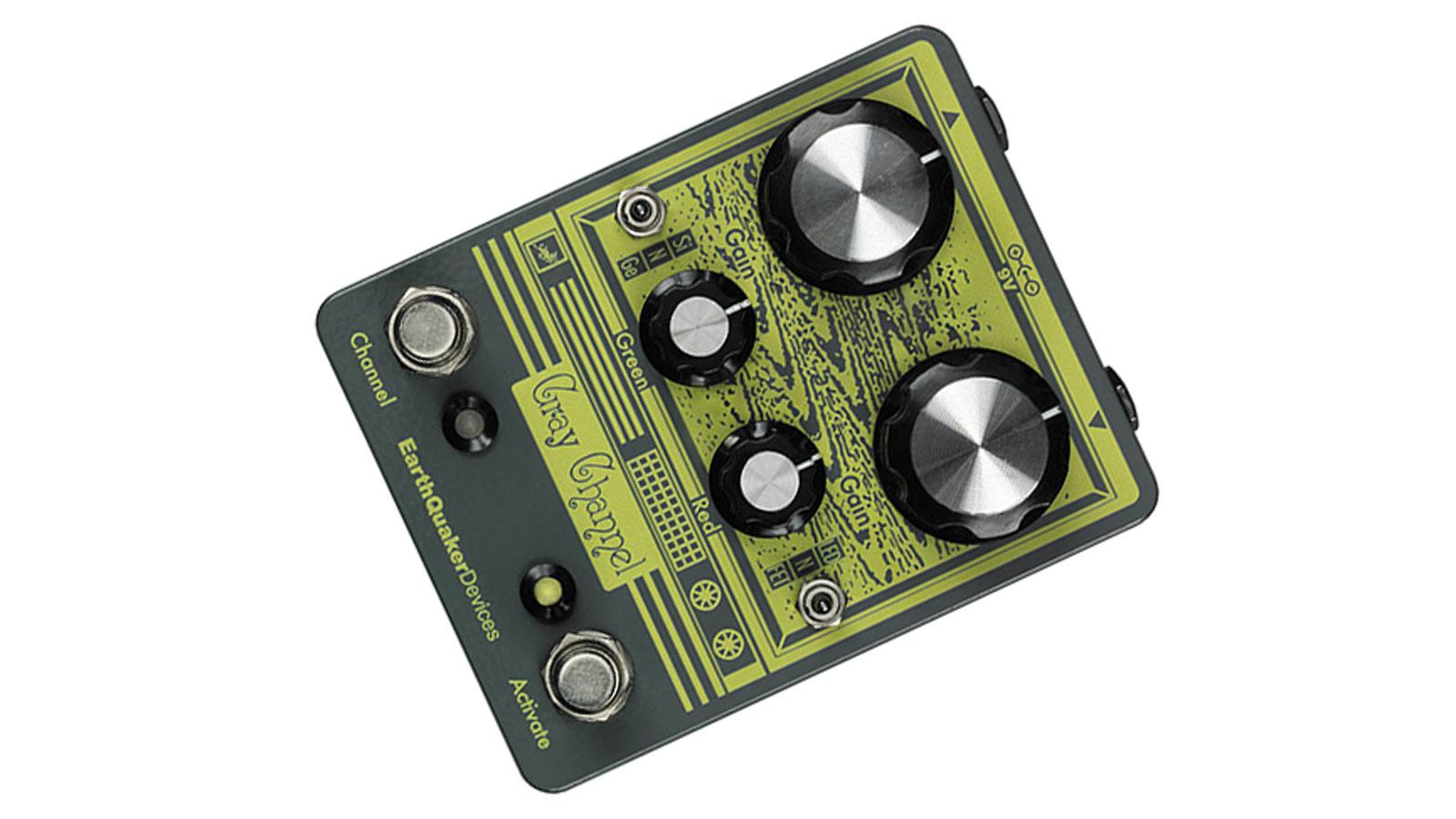
Gray Channel dynamic dirt doubler
PRESS RELEASE: The Gray Channel is a real “twofer” of an overdrive. It is based around a classic hard-clipping gray box overdrive (subtle hint, huh), one of my all-time favorites.
Coincidentally, this is the very same pedal that got me started building pedals and launched EQD. It is two channels of a simple hard clipping overdrive that leaves the character of the guitar and amp intact. The Gray Channel retains the classic warm overdrive sound and expands upon it with several clipping options and bigger bass response. Each channel has 3 clipping modes.
The Green channel- “Si” (Silicon clipping diodes), “Ge” (Germanium clipping diodes) and “N” (no clipping diodes). The “Si” mode will be bright/loud/fuzzy and has a natural tube type break up.
“Ge” mode is a little looser with more lows and warmth and less output. “N” mode acts as a clean boost until you hit roughly 1 o’clock on the gain, at which point it’ll start to saturate the op amp into a biting, loud distortion. Phew!
Still with me? Cool, onto the modes of the Red channel. Here, you’ve got “LED” (LED clipping diodes), “FET” (Mosfet clipping diodes) and “N” (again, no clipping diodes). “LED” mode is the loudest, cleanest and most touch sensitive/least compressed. “Mos” mode is the most compressed with a tighter crunch; the biggest hesher of the group.
And finally, the “N” mode is the same clean to crazy loud op amp distortion set-up as the Green channel. With a couple of switch clicks you can go from your bypassed tone to warm break up to over-the-top gnarly grind and any/every combination in between.
With more and more drive pedals moving onto already crowded pedal boards, having the Gray Channel dual overdrive is like, totally crucial for sonic growth and sustain. Join the fight to stop pedal board overcrowding, because before we can overdrive tomorrow, we must first drive today... or something.
Each Gray Channel is built one at a time, part by gorgeous part at a former automotive paint factory by a bunch of smokestacks on a dead end street in Akron, Ohio.
Ship Date: March 2016
MAP: $195.00 USD
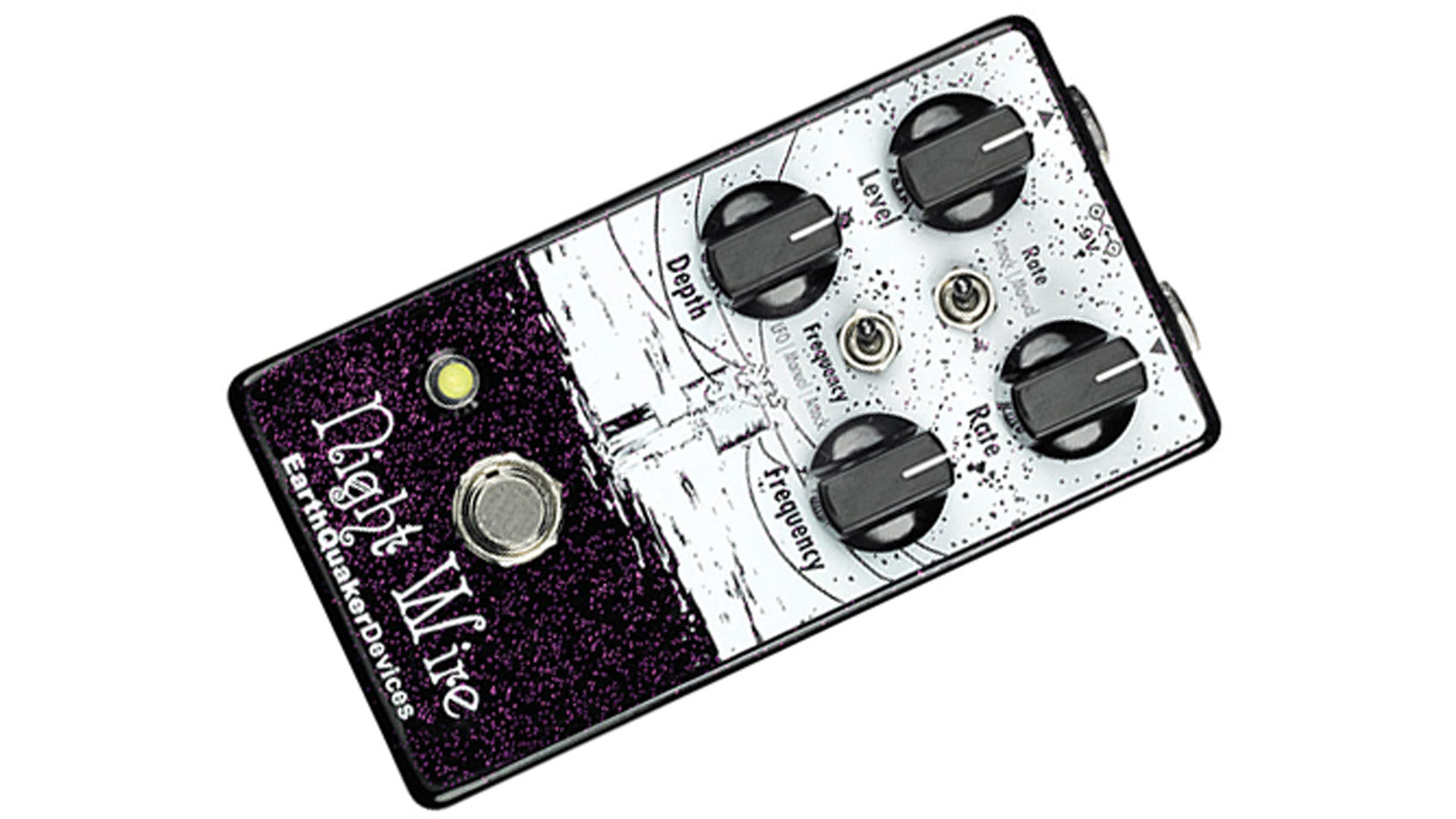
Night Wire dynamic harmonic tremolo
PRESS RELEASE: The Night Wire is a feature-rich harmonic tremolo. What is harmonic tremolo? In short, the signal is split into high pass and low pass filters, then modulated with an LFO that is split 180 degrees.
The Night Wire takes the traditional harmonic tremolo a few steps further by allowing the center point of both filters to be adjusted for different tones. The filter frequency has three modes: Manual, LFO and Attack. In Manual mode, the center point can be set to a fixed position with the frequency control.
In LFO mode, the filters are continuously swept and the frequency control adjusts the speed.
In Attack mode, the filters are dynamically swept according to pick attack and the frequency control acts as a range control, much like a standard envelope filter.
The tremolo section has two modes, Manual and Attack. In Manual mode, the speed of the tremolo is governed by where the rate control is set. In Attack mode the speed is controlled by pick attack and the rate controls the sensitivity; the harder you pick, the faster the rate and vice-versa.
The tremolo can be subtle and shimmery or full-on throbbing depending on where the depth control is set. With the depth set to zero, the Night Wire will act like a fixed filter, phase shifter or envelope-controlled filter depending on which mode the filter frequency is in.
It also features a cut/boost volume control to get your levels just right. Each Night Wire is hand made one at a time in the moonlit village of Akron, Ohio.
Ship Date: February 2016
MAP: $195.00 USD
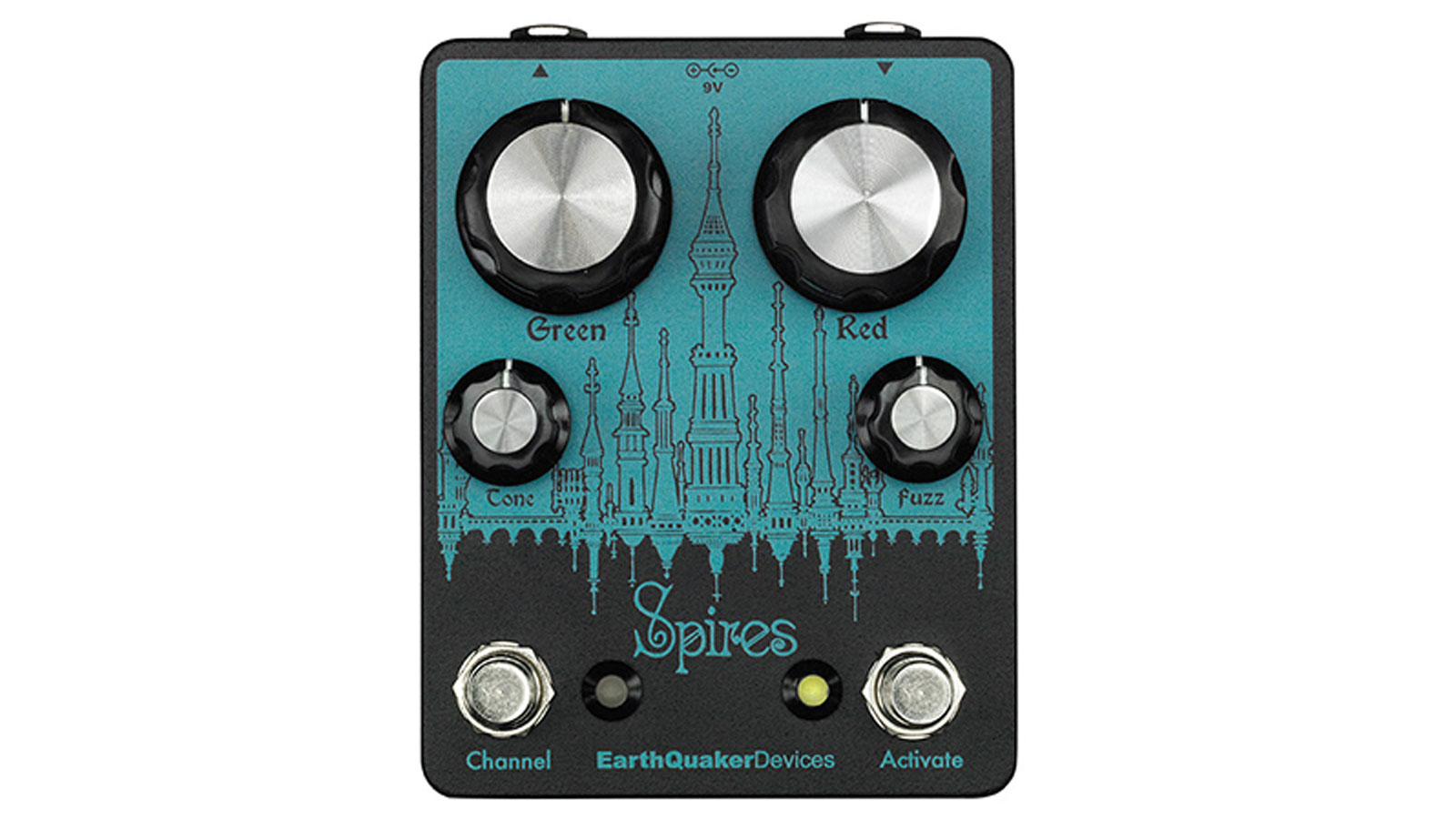
Spires fuzz doubler
PRESS RELEASE: The Spires was born from my need to have my big old Rosac Nu Fuzz and our now discontinued Dream Crusher on my pedalboard without taking up all the space.
The green channel features a cranked fuzz inspired by the Rosac Electronic Nu-Fuzz, which, for all the unacquainted fuzz seekers, was released in 1968- decades prior to the dreaded “nü” prefix ever being uttered. The original schematic for Rosac Nu Fuzz is somewhat of a mystery so I used my original to make a “sonic copy” that is pretty much dead on.
It is full-on fuzz all the time and uses crude wide range tone control to change the character from big and warm to sizzling and blown out. The original was slightly below unity at max so I gave this one plenty of output volume while retaining the original tone.
The Red channel is a silicon version of the now discontinued Dream Crusher. There's no need to mourn the loss anymore. Dreams will still be crushed with walls of classic two transistor fuzz, only this time the crushing will be much more stable and less temperature sensitive.
It features a very usable, dynamic Fuzz control and tons of output volume, just like the original. Each Spires is hand made one at a time by a white gloved team of professional experts in the dirty, dusty canyon of Akron, Ohio.
Ship Date: February 2016
MAP: $195.00 USD
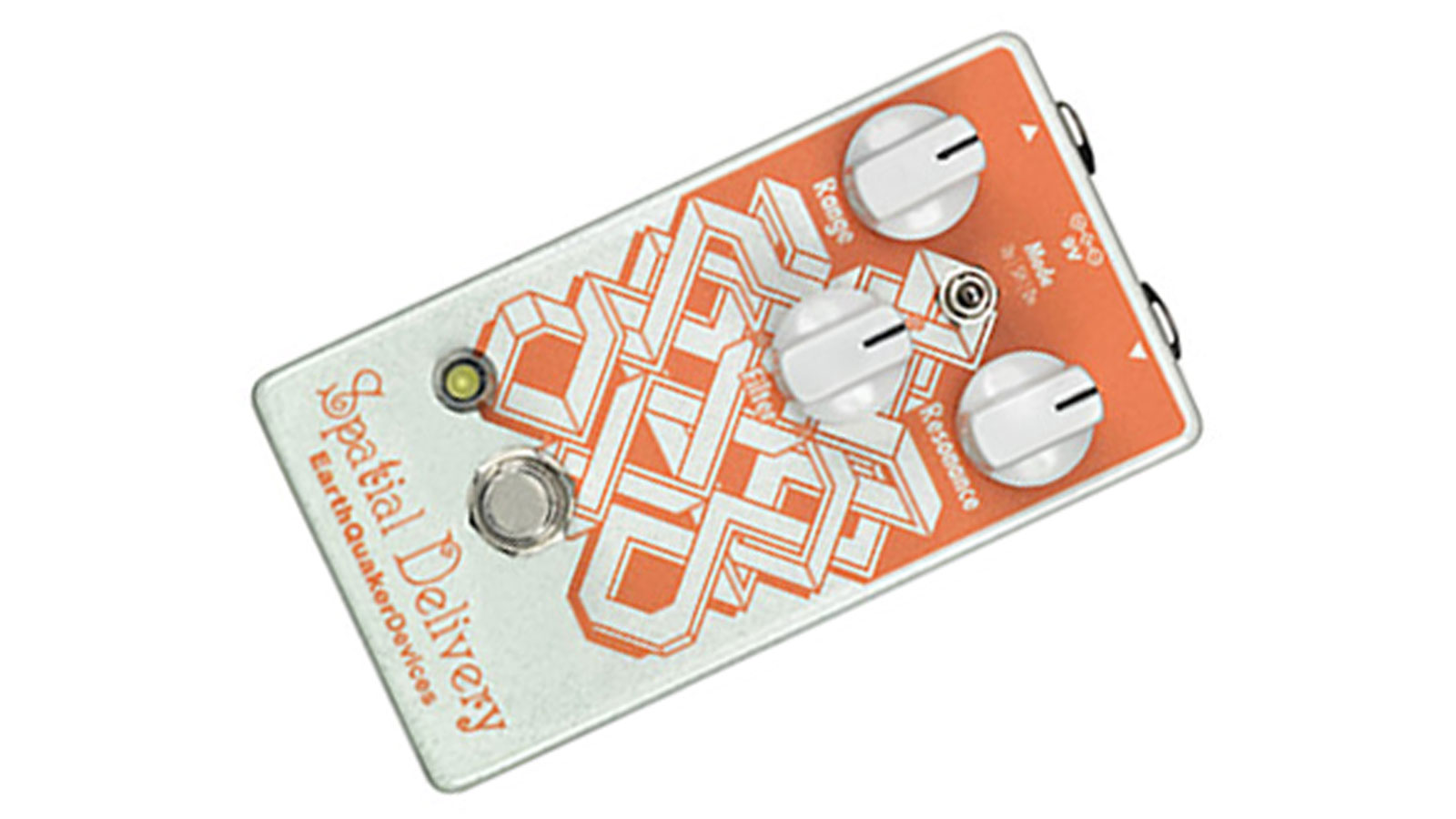
Spatial Delivery envelope filter with sample & hold
PRESS RELEASE: The Spatial Delivery is an oddball, a voltage controlled envelope filter that allows you to step outside the universe of funk while reinforcing your secret love affair with auto-wah. It has 3 modes - Up Sweep, Down Sweep and Sample and Hold.
With Range, Resonance and Filter controls you can get super emphasized filter sweeps in the Up and Down modes. The Range, in combination with pick attack, controls the sensitivity and reaction time of the envelope and thus the width of the frequency sweep. The higher the Range and harder the attack equals a faster reaction time and higher frequency sweep and vice versa.
Reign in the controls a bit, add your favorite overdrive/fuzz after the Spatial Delivery and you've got a real nice resonant, cut-through-the-mix lead tone. Crank the controls back up and you're a neo-bedroom rock god. In the Sample and Hold mode the filter is controlled by random voltage and the Range controls the speed. Add a sub octave into the mix (before or after) and you've just created a deep fried space droid computer freak-out.
The filter can be cross faded between high pass (counter clockwise), band pass (center) and low pass (clockwise) for a wide variety of voices. The Resonance control goes from zero to the brink of oscillation and adds more body and ring to the filter voice. We recommend placing the Spatial Delivery first in your signal chain.
However, due to its envelope control, experimenting with pairing and signal chain placement can take the potential of the Spatial Delivery even further. Each Spatial Delivery is hand made bit by damn bit in silver studded Akron Ohio.
Ship Date: March 2016
MAP: $195.00 USD
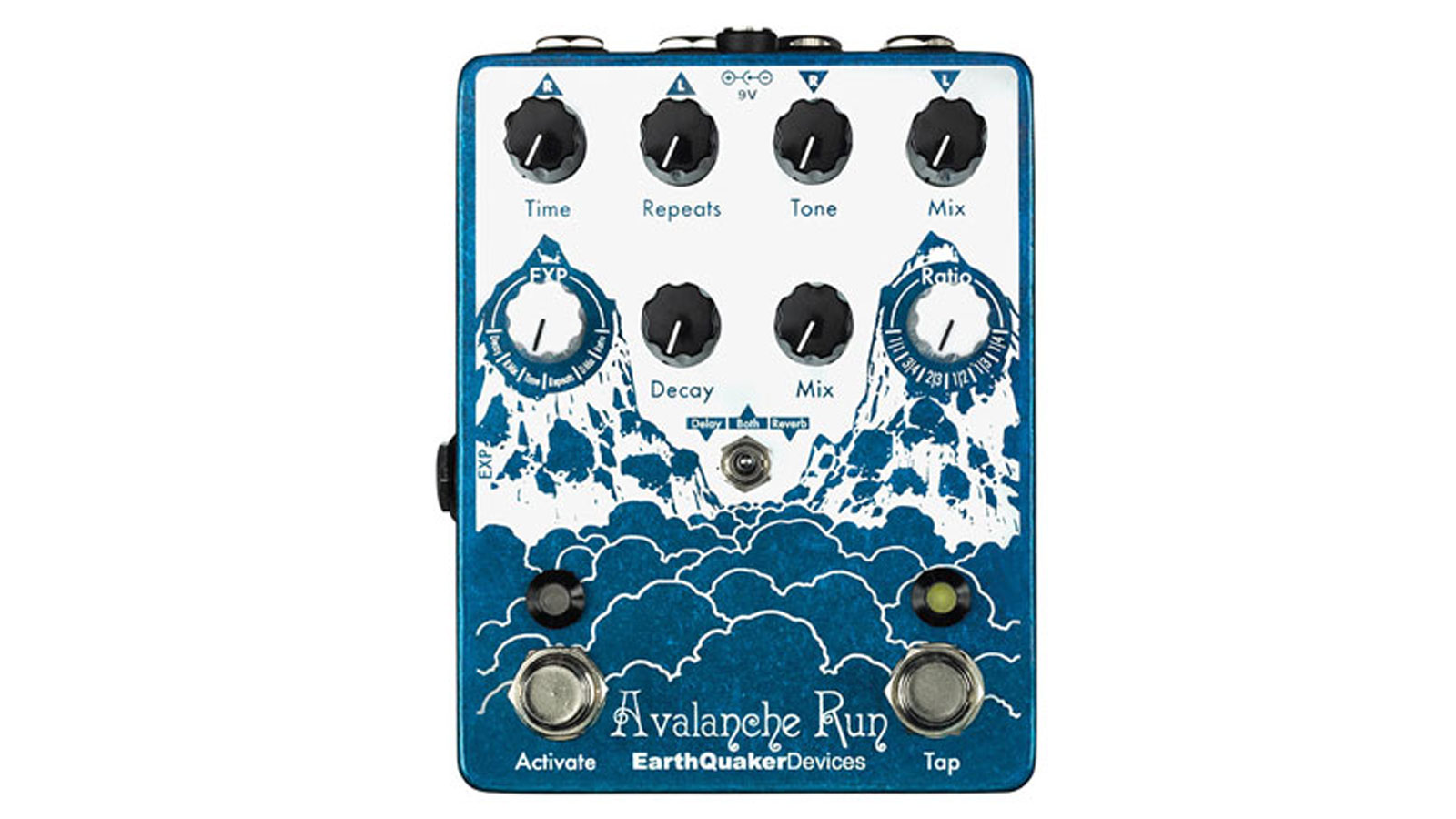
Avalanche Run stereo delay and reverb - coming soon!
PRESS RELEASE: The Avalanche Run is our first product built on a high powered DSP platform we have been working on for a while now and we couldn't be more excited! While this may make an appearance at NAMM, it is still in the development process.
The Avalanche Run was designed to satisfy all the requests we have received for a stereo and/or tap tempo version of our wildly popular Dispatch Master. While it is a delay and reverb just like the Dispatch Master, the style of delay and reverb is quite different.
The delay has more of a tape quality with bucket brigade sensibilities and the reverb is adjustable while having more of a deep, plate-like cavernous tone. Here are a few feature teasers to wet your whistle:
- Reverse delay mode
- Swell delay and reverb mode
- Tap Tempo with subdivisons
- Assignable expression control
- Tails/True Bypass modes
- Sound on sound style looping with adjustable length in tails mode
- Auto oscillation by holding down tap switch
Ship Date: March 2016 Exclusively through through Reverb.com
MAP: $295.00 USD
MusicRadar is the number one website for music-makers of all kinds, be they guitarists, drummers, keyboard players, DJs or producers...
- GEAR: We help musicians find the best gear with top-ranking gear round-ups and high-quality, authoritative reviews by a wide team of highly experienced experts.
- TIPS: We also provide tuition, from bite-sized tips to advanced work-outs and guidance from recognised musicians and stars.
- STARS: We talk to musicians and stars about their creative processes, and the nuts and bolts of their gear and technique. We give fans an insight into the craft of music-making that no other music website can.


